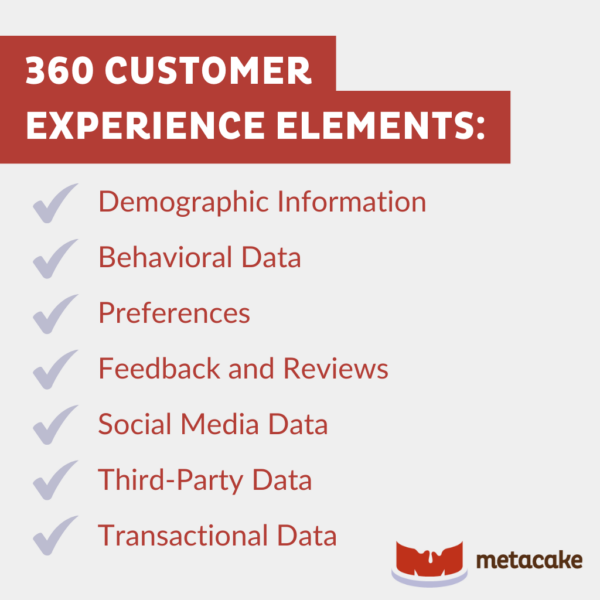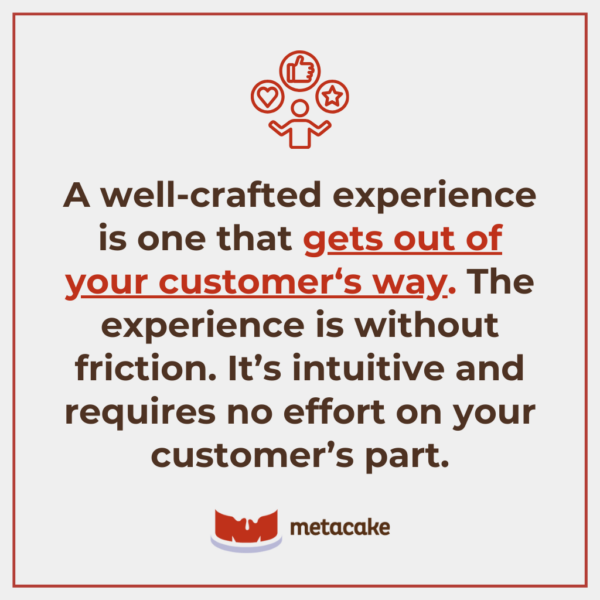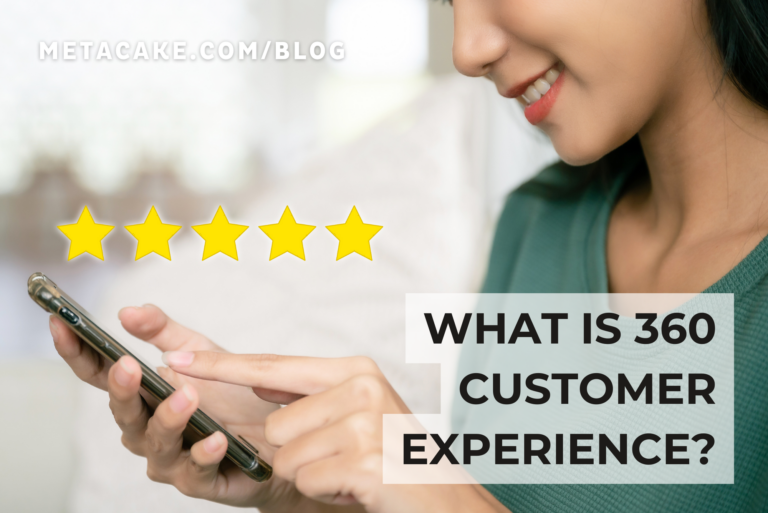If you’re an ecommerce business owner, you’ve probably heard about 360 customer experience or the 360-degree view of customer data. But do you know what it is? Do you know whether or not it’s important and how to use it?
If you answered “no” to those questions, then you’re in luck! We’re going to address what 360 customer experience is and why it’s essential to your ecommerce business.
What Is 360 Customer Experience?
A 360-degree customer experience is a comprehensive approach to understanding and interacting with customers. It involves collecting and analyzing data from all customer touchpoints and interactions with your brand to create a complete view of the customer journey — from beginning to end.
This all-encompassing strategy allows businesses to deliver personalized experiences, anticipate customer needs, and improve customer satisfaction.
Transparency is essential in any business strategy. Today’s ecommerce business market is highly competitive. And today’s consumers expect agility and consistency from the companies they purchase from. These consumers will no longer accept long wait times or less-than-perfect quality.
Therefore, it’s more important than ever to have consistency in your customers’ experiences across all touchpoints. When all the touchpoints are working together, it drives your business forward.

Key Elements of 360 Customer Experience
Businesses that adopt a 360-degree view can cultivate closer relationships with their customers, resulting in higher loyalty and retention.
Let’s take a look at a few key elements of 360 customer experience:
- Demographic Information: Basic personal details gathered from various sources.
- Behavioral Data: Insights into customer interactions and habits.
- Preferences: Customer likes and dislikes recorded through brand interactions.
- Feedback and Reviews: Customer opinions sourced from surveys and social media.
- Social Media Data: Information on customer interests and opinions from social platforms.
- Third-Party Data: Additional customer insights from external data providers.
- Transactional Data: Customer purchase history and payment details.
Implementing 360 Customer Experience
Now that we know what 360 customer experience is and why it’s important, how do we put it into action? I’m glad you asked.
We need to integrate data from various touchpoints. Let’s take a look at some of the steps:
- Data Collection: Gather customer data from multiple sources like transactions, service interactions, social media, and purchase history.
- Centralized Storage: Use a Customer Data Platform (CDP) or data warehouse to unify the data into a single view.
- Technology Stack: Ensure CRM systems and analytics tools are in place to handle the data.
- Data Cleansing: Clean the data by removing duplicates, correcting errors, and standardizing formats.
- Analytics and Insights: Deploy analytics tools, dashboards, and AI models for deep analysis and to derive actionable insights.
- Security and Compliance: Implement security measures and comply with data protection regulations.
- 360 Customer Profiles: Create detailed profiles that include demographics, interactions, and purchase history.
- Search Integration: Add robust search capabilities for quick access to customer information.
- Continuous Monitoring: Regularly monitor data quality and the effectiveness of engagement strategies.
- Transparency: Be open with customers about data usage and privacy practices.
Our last step (transparency) is especially important, as you can read in this Forbes article.
Benefits of 360 Customer Experience
So, what do we stand to gain from implementing 360 customer experience? A ton!
In-Depth Customer Insights: 360 customer experience provides a deep understanding of customers’ preferences, behaviors, and needs.
Personalized Experiences: Leveraging customer profiles to deliver personalized experiences enhances interactions, satisfaction, and loyalty.
Data-Driven Strategy: Utilize comprehensive data profiles for informed decision-making in marketing, product development, and resource allocation.
Operational Efficiency: Focusing on customer priorities leads to smarter work and increased operational efficiency.
Competitive Advantage: A robust 360 customer strategy equips businesses to adapt to market changes and customer preferences, maintaining a competitive edge.
Data Compliance: 360 customer experience supports responsible data management, aiding in legal compliance and trust-building.
Customer Retention: Improved overall experiences foster long-term relationships and repeat business, improving the bottom line.
In essence, 360 customer experience is about understanding and catering to your customers comprehensively, which in turn drives business success.
So, How Do You Know if You’ve Successfully Created an Excellent 360 Customer Experience?
If the customer doesn’t notice the experience at all.
A well-crafted experience is one that gets out of your customer’s way. The experience is without friction. It’s intuitive and requires no effort on your customer’s part.
The goal is to make things as easy as possible for your users. For example, a recent innovation in mobile ecommerce checkout was to allow customers to take a photo of their credit card instead of tediously typing in the card number and expiration date over and over and over again.
This simple change makes the checkout process so much easier for the customer and lets them get to where they want to be (with their new product on the way) as quickly as possible.
A poor 360 customer experience is exactly the opposite. The customer notices everything or gets frustrated through the process. There’s nothing worse than trying to accomplish a simple task online, only to have it become nearly impossible due to a poor experience design.

Final Thoughts
Are you ready to start implementing 360 customer experience now that we’ve discussed its essential features and benefits, as well as how to know if you’ve achieved them?
If it all seems overwhelming, don’t worry; we’re here to help. Get in touch!
